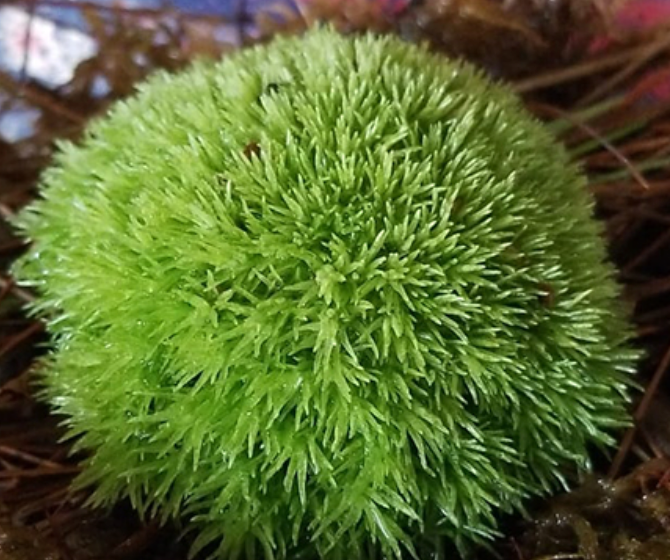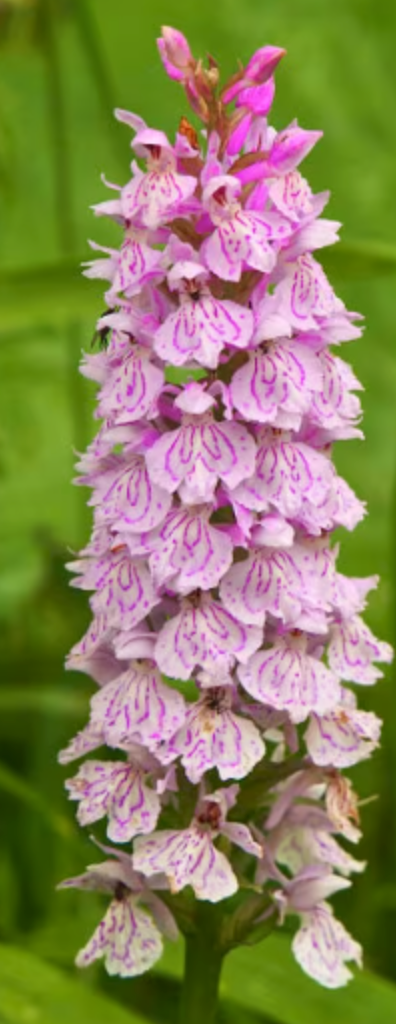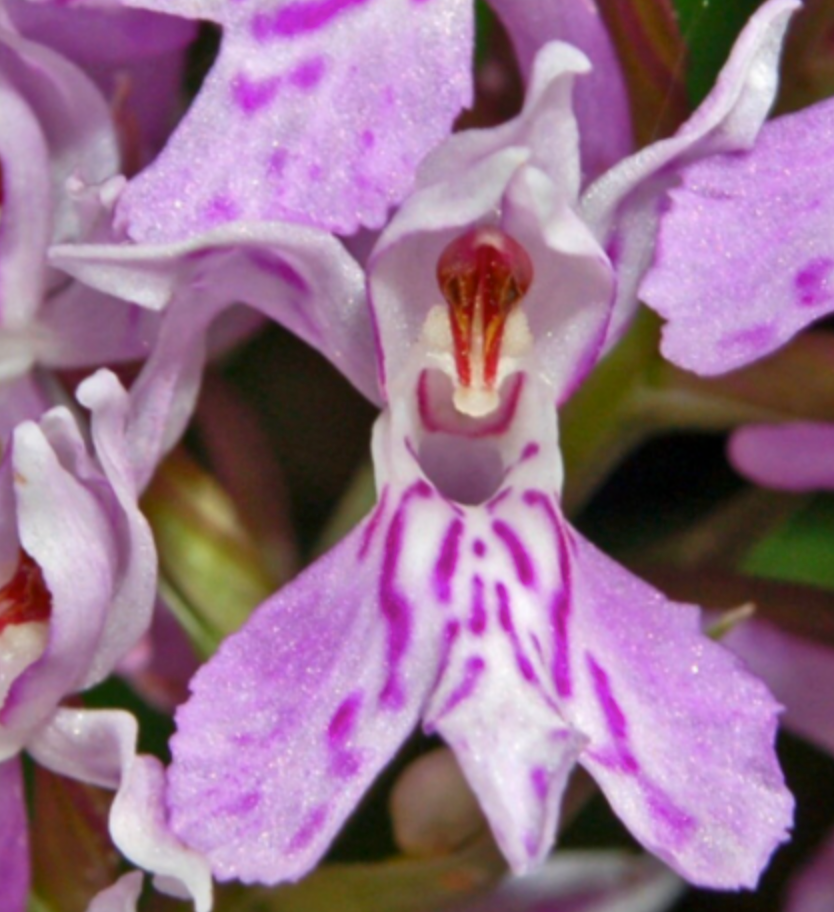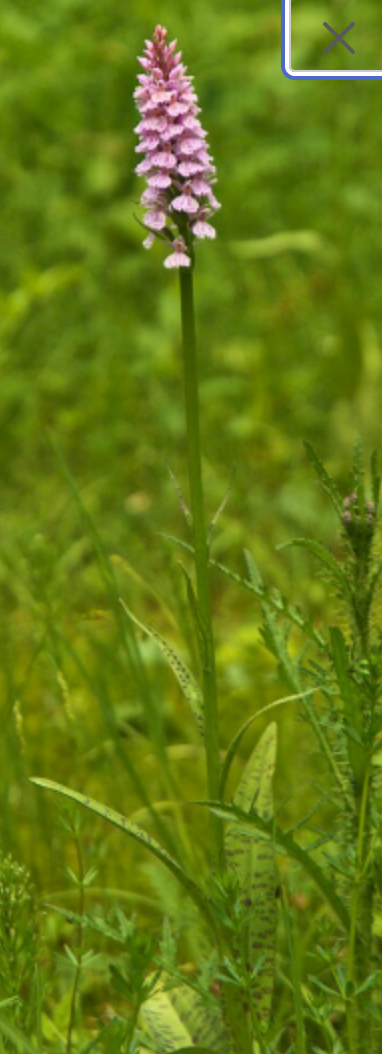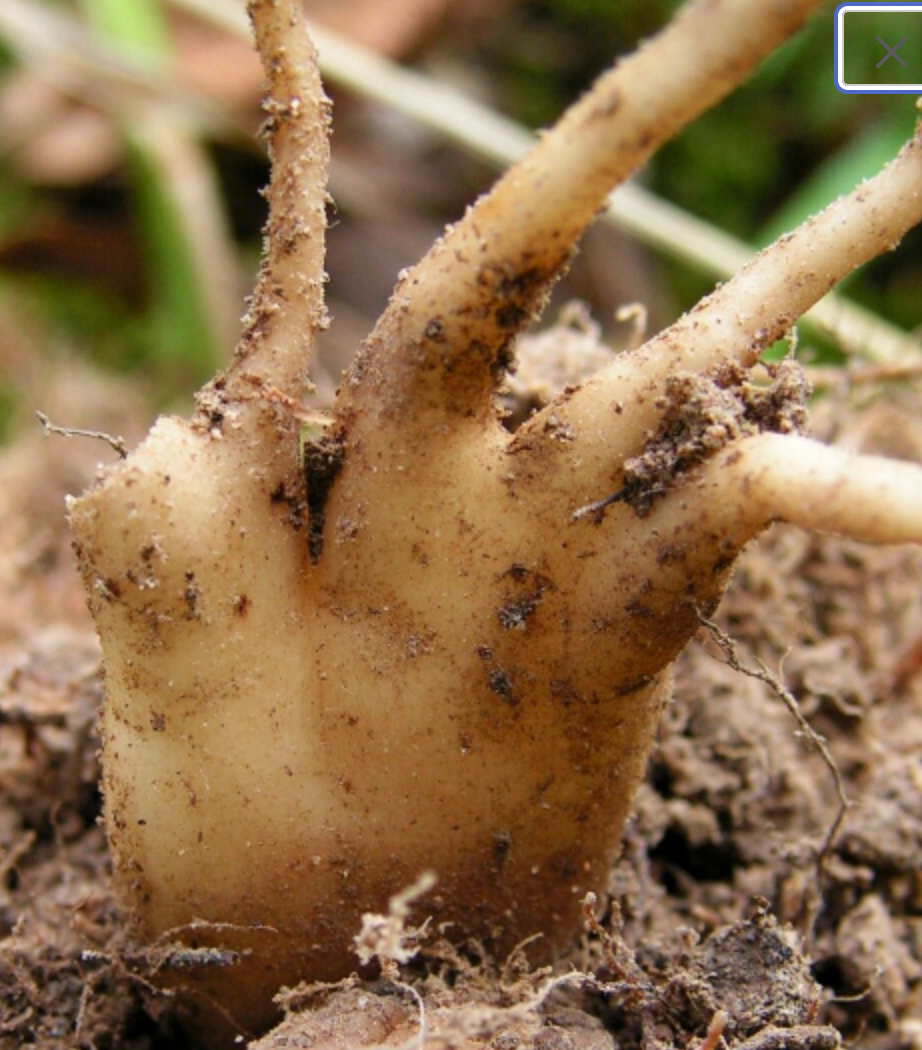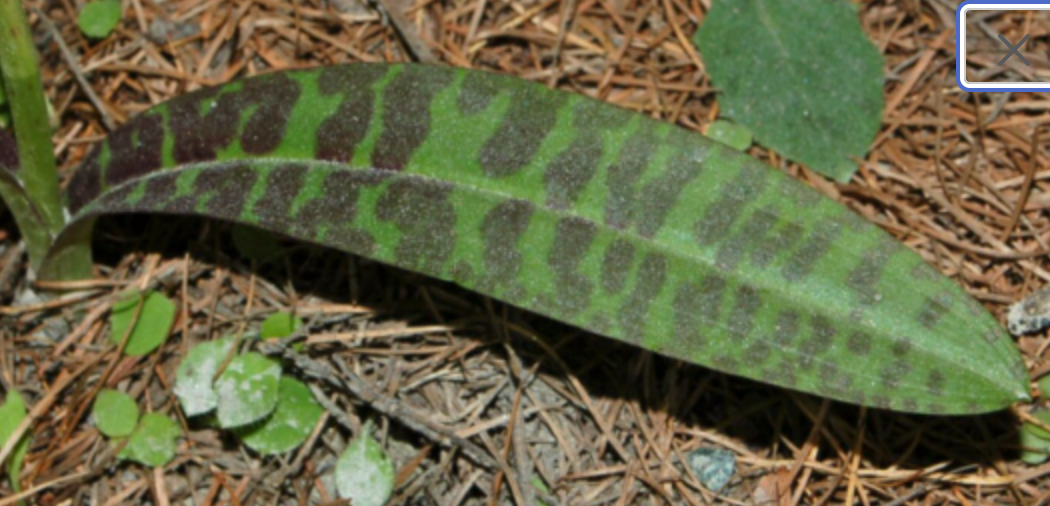The Bryophyta nursery
Orchid Dactylorhiza maculata, Heath Spotted-Orchid bulb or seed pod and substrate. moorland spotted orchid, Orchis tacheté
Orchid Dactylorhiza maculata, Heath Spotted-Orchid bulb or seed pod and substrate. moorland spotted orchid, Orchis tacheté
Impossible de charger la disponibilité du service de retrait
Delivery information: We ship with DHL for orders of 100euros and more we give free shipping, for small orders we ship with Laposte. We will be sending plant passports with each species, your order will arrive in 2-3 days with DHL.
This amazing orchid has purple spots of its leaves a stunning addition to a large terrarium, water features, beautiful planted around a pond or marshy area. She loves high humidity and has special bulbs which are adapted to being in water or highly water saturated substrate. And if these stunning leaves are not enough just check out the stunning flowers purple and white which smell discreetly of lilacs.
Free international tracked shipping from 100 euros of items bought with coupon FREESHIPPING100
If you are experiencing any problems during checkout please contact me and we can sort it out. (ie. item it is not available for your area).
Our bulbs are grown in red clay on our farm. We package them in moss for safe travels to you.
Our seed pods are harvested at just the right time while still closed yet ripe. We dehydrate them at 35 degrees and put the in plastic seed containers for the perfect condition until use.
We sell the red clay substrate 100g which we recommend using, and a sheet of moss which we recommend place on top of the substrate once the seeds are sown.
We also recommend buying one 2 year bulb o grow in the same substrate as the seeds, success of germination is significantly higher when a bulb is grown near them, a 2 year old bulb is sufficient, this is because of a relationship with mycorrhizal fungus.
How to sow: mix the red clay substrate with potting soil - in a seeding tray 7-10cm thick, water substrate then compact it with your fist. Take the seed pod and crushed it slightly, a fine dust of seeds will come out, once the seeds are out do not touch them. Cover with the moss sheet, then water gently, the water will disperse the seeds more.
Place the tray in the fridge for 12 weeks for a chilling time.
Take the tray out and place in partial shade spray with water once a week.
germination in 8 or 11 months
The success of germination is significantly higher when a bulb is grown near them, a 2 year old bulb is sufficient, this is because of a relationship with mycorrhizal fungus.
Dactylorhiza maculata, known as the heath spotted-orchid or moorland spotted orchid, is an herbaceous perennial plant of the family Orchidaceae.
This amazing orchid loves wet lands, and lives with her bulb submerged in water! She looks stunning around ponds, water features and large-scale terrarium projects.
It is widespread in mountainous regions across much of Europe from Portugal and Iceland east to Russia.
The name of the genus Dactylorhiza is formed from Greek words δάκτυλος "daktylos" meaning "finger" and ρίζα "rhiza" meaning "root" and refers to the tubers of this plant, that are split into several tubercles. The specific Latin name "maculata" (=spotted) refers to the stained leaves. The scientific binomial name of this plant was initially Orchis maculata, proposed by the Swedish naturalist and botanist Carl von Linné (1707–1778) in 1753.
The name has been subsequently amended to the one currently accepted (Dactylorhiza maculata), by the Hungarian botanist Károly Rezső Soó (1903–1980) in 1962.
In German this plant is called Geflecktes Knabenkraut, in French is called Orchis tacheté, in Italy is called Orchide macchiata.
Dactylorhiza maculata reaches on average 15–45 centimetres (5.9–17.7 in) of height, with a maximum of 70 centimetres (28 in). These plants are bulbous geophytes, forming their buds in underground tubers or bulbs, organs that annually produce new stems, leaves and flowers.
Furthermore, these orchids are "terrestrial", because unlike "epiphyte" species they do not live at the expense of other large plants.
This orchid has an erect, glabrous and cylindrical stem, with a streaked surface. The leaves are oblong or oval-lanceolate, with dark ellipsoid-shaped "spots" on the surface (hence the species name). The leaves are amplexicaul and can be either radical (basal) or cauline.
The underground part of the stem has two webbed tubers each one more or less deeply divided into several lobes or tubercles (characteristic of the genus Dactylorhiza), the first one plays the important functions of supplying the stem, while the second one collects nutrient materials for the development of the plant that will form in the coming year.
The inflorescence is 5–15 centimetres (2.0–5.9 in) long and it is composed of flowers gathered in dense spikes. The flowers are placed in the axils of bracts membranous and lanceolate-shaped. Their colors vary from light pink to purple or white with darker streaks mainly on the labellum (sometimes at the margins of tepals). The flowers reach on average 10–15 centimetres (3.9–5.9 in). The flowers are hermaphrodite and insect pollinated, and smell sweet and almost like lilac.
The heath spotted orchid prefers sunny places on lowlands or hills, it can be found in slightly damp meadows, but also in the undergrowth of dry forests, in areas with bushes and at the edges of streams. They grow on siliceous and calcareous substrate, at an altitude up to 2,200 metres (7,200 ft) above sea level.
Materials
Materials
Shipping & Returns
Shipping & Returns
Dimensions
Dimensions
Care Instructions
Care Instructions
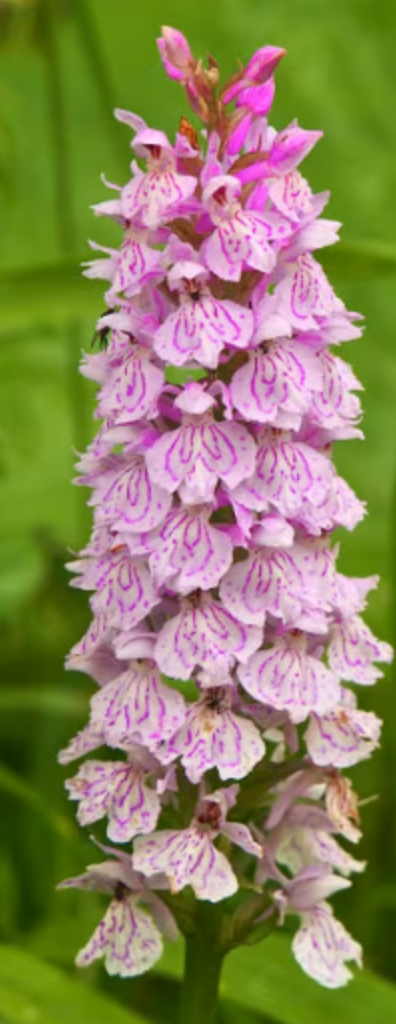
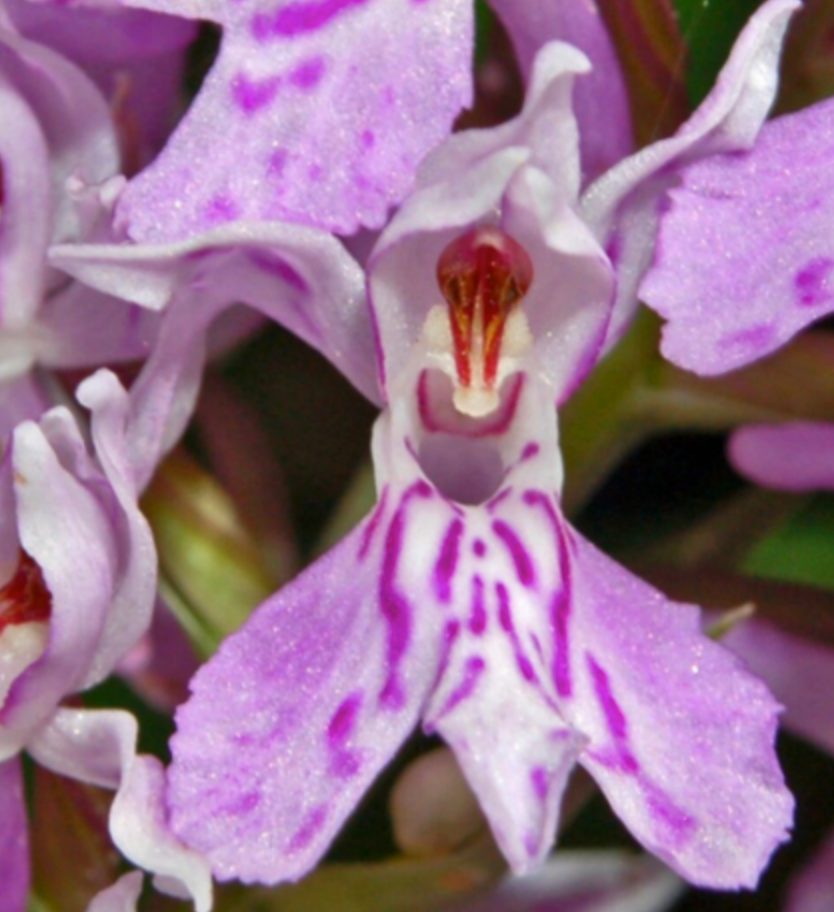
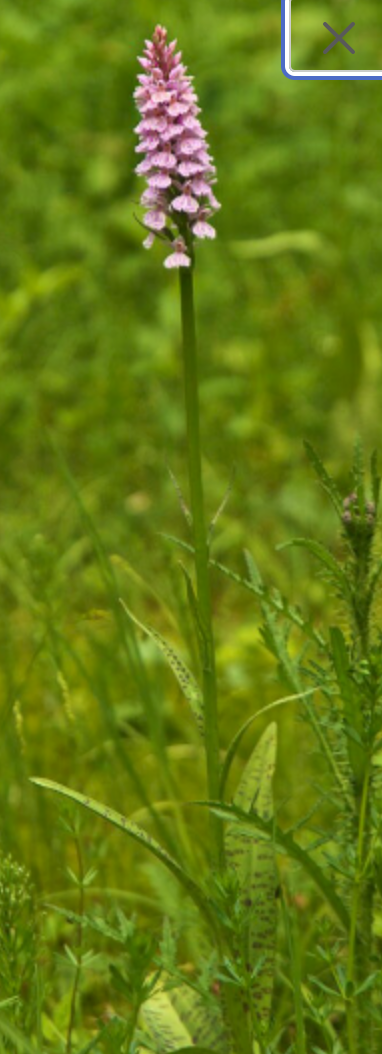

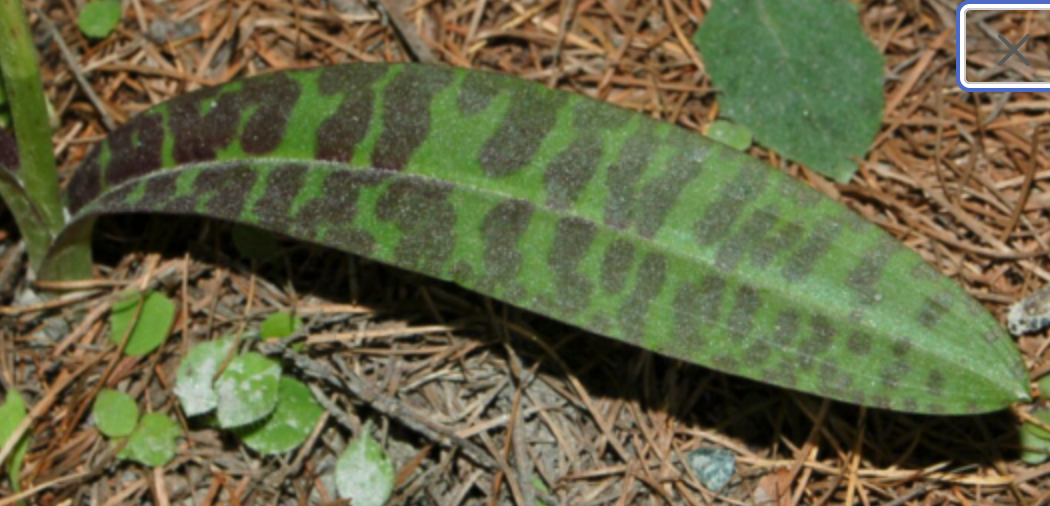
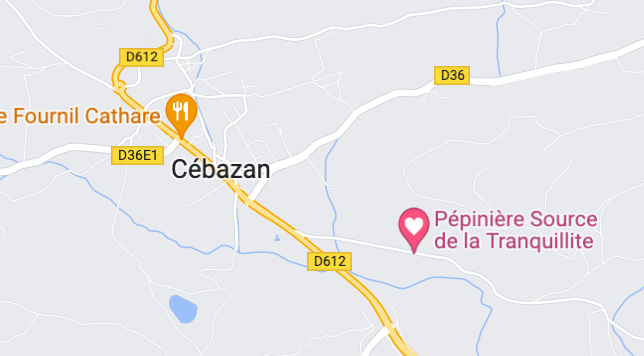
-
Free Shipping
We offer free shipping in France! and internationally for orders of 500 euros or more.
